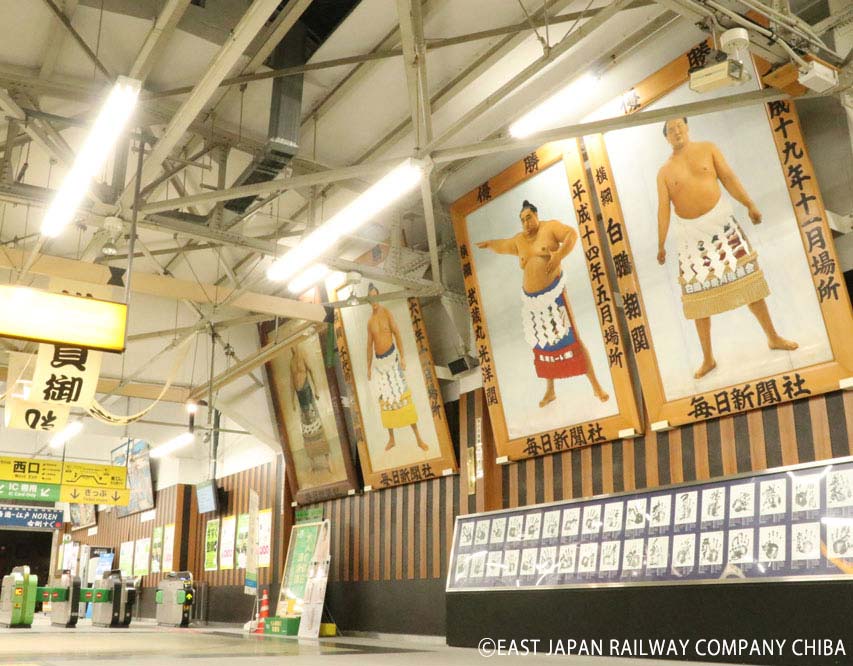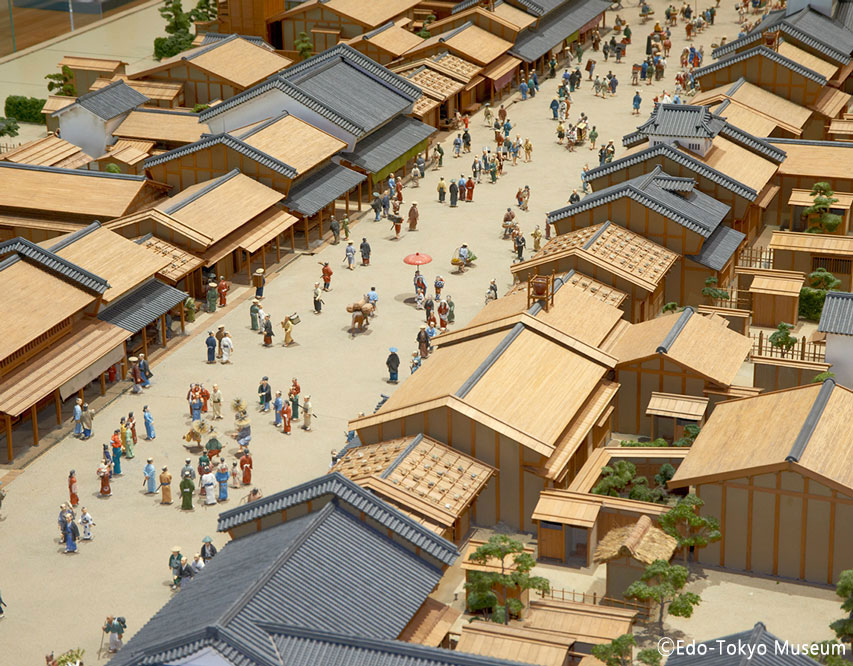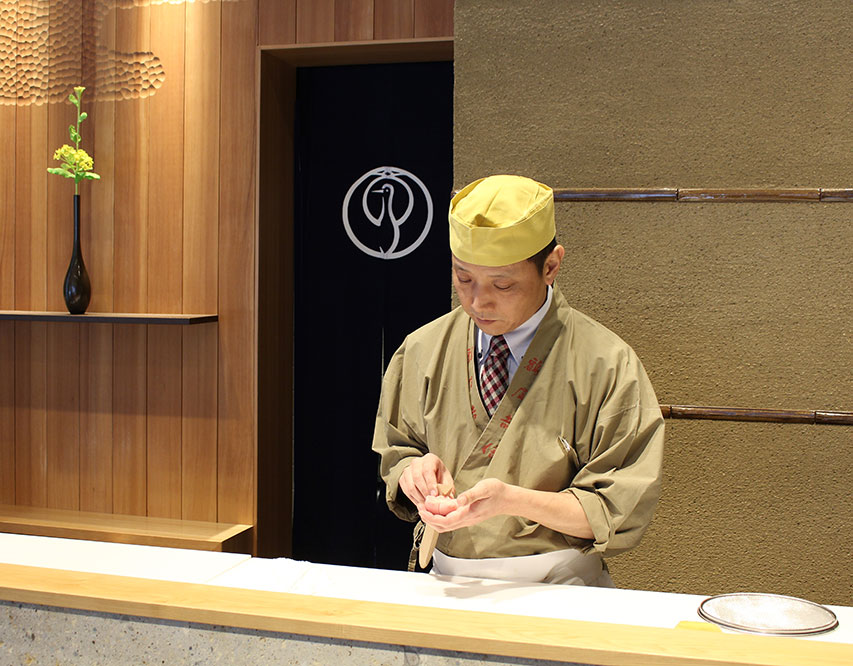
- Share this page
Share this page
- EN
Select Language
- FAVORITES
- Search
Detailed search: You can do a detailed search by keyword, genre, time, area and tag.
Main content starts here.
- Visit Tokyo |
- EXPERIENCES |
- Walks & Tours |
- Understanding Edo & Japanese Culture in Tokyo
Updated: December 18, 2025
Understanding Edo & Japanese Culture in Tokyo
An adventure through Japanese tradition
Before Tokyo was Tokyo, the city was known as Edo. It gave its name to the Edo period (1603-1867), when the shogun (national military leaders) transformed a small fishing village into one of the world's largest cities. This tour, perfect for visitors on a stopover, brings you in contact with that rich history.
General Tips
|
Map Legend
- Walking
- Taxi
- Bus
- Train
- Water Bus




